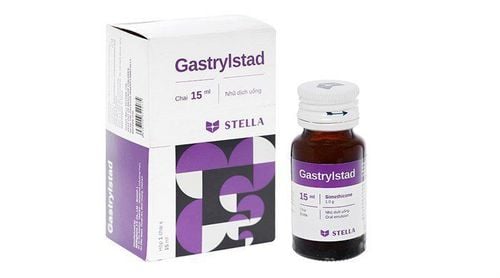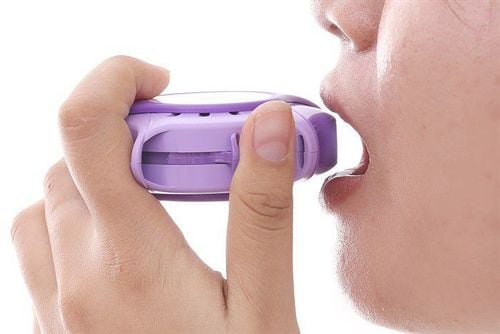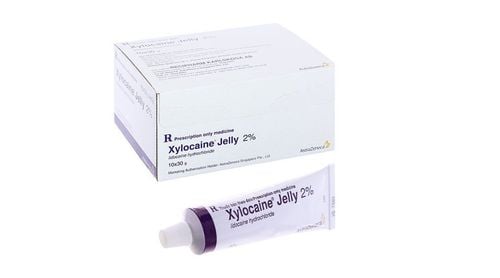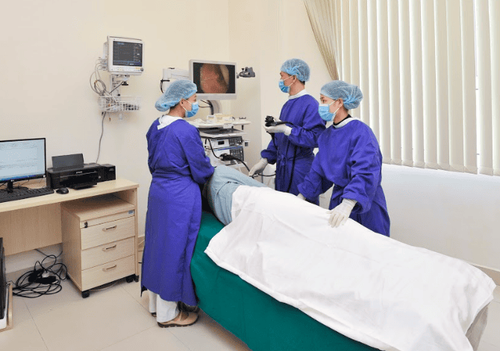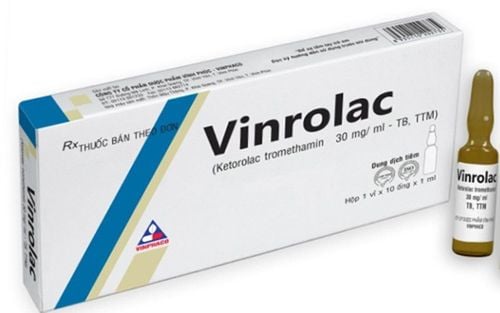This is an automatically translated article.
The article was professionally consulted with Specialist Doctor I Le Van Quang - Department of General Surgery - Vinmec Nha Trang International General HospitalNasal endoscopy is a diagnostic method that helps doctors look at the stomach directly through the camera, easily detecting diseases such as cancer, ulcers, foreign bodies or mucosal vascular malformations, .. . to have the most effective treatment plan.
1. What is nasogastric endoscopy?
Gastroscopy is a method of directly examining the stomach with a small flexible endoscope, about 9mm in diameter, inserted through the mouth or nose. By observing the images on the endoscope, the doctor can recognize abnormal signs occurring inside the stomach, thereby making an accurate diagnosis and having an appropriate and effective treatment plan.There are many methods of gastroscopy such as: oral endoscopy, nasal endoscopy, anesthetic endoscopy - painless or capsule endoscopy. In particular, endoscopy through the nose is being applied more and more popular today.
In the nasogastric endoscopy procedure, the doctor will insert a small scope (about 5.9 mm in diameter) through the nose, down the esophagus, to the stomach - duodenum and duodenum to observe. lesions and do HP bacteria test for disease diagnosis.
2. Why gastric endoscopy?
In fact, modern methods such as ultrasound, computed tomography or magnetic resonance imaging can hardly help doctors make an accurate diagnosis for stomach diseases in particular, diseases of the digestive tract in particular. shared. Meanwhile, through the endoscope, the doctor can detect very small lesions (only a few millimeters) in the stomach, can biopsy for cancer or test for Helicobacter Pylori bacteria that cause disease, ... Not only that, gastroscopy is also used to monitor the treatment of ulcerative and bacterial lesions in the stomach. With cases of gastric bleeding, endoscopy can be performed urgently to detect and treat the bleeding site, avoiding surgical intervention.Gastroscopy is a safe procedure, rarely having complications. The most common symptom after endoscopy is a burning sensation in the nose and throat. Due to the safety of the procedure, gastroscopy can be performed in inpatients, without the need for hospitalization.
3. Advantages and disadvantages of nasogastric endoscopy
3.1 Advantages The method of nasogastric endoscopy is being widely applied because of the following advantages:Reducing discomfort: Using a small endoscope that goes through the nasal passages, less irritation of the uvula, base of the tongue, palate, ... thereby reducing the vomiting reflex. The patient can talk normally with the doctor and observe the whole endoscopic image; Safety: No anesthesia, little change in the patient's blood pressure or heart rate; Fast: The whole preparation and implementation process only takes about 15 minutes; High diagnostic efficiency: Because the patient's psychology is stable, the doctor will perform the procedure easier, limit the risk of unwanted complications, and help observe the image in the stomach clearly and faster, thereby increasing the accuracy of the diagnosis. 3.2 Disadvantages The nasogastric endoscopy method cannot be performed if the patient has diseases of the nose, narrows the nasal slit and has a higher cost than the endoscopy through the mouth.
4. Indication for nasogastric endoscopy when?

Người bệnh được chỉ định thủ thuật trong trường hợp có cảm giác trào ngược, chán ăn
Pain in the sternum – epigastric position; Anorexia; There is a feeling of reflux; Frequent burping, heartburn; Slow digestion, flatulence; Nausea or vomiting, vomiting blood; Passing out blood; Pain, burning epigastric stomach; Swallowing pain or difficulty swallowing, a feeling of being stuck in the throat; Cough continuously, sore throat persists, recurs many times; Rapid, unexplained weight loss; Family members infected with Helicobacter Pylori bacteria ; Periodic follow-up for people with Barrett's esophagus. Gastroscopy helps to detect diseases such as gastritis, gastric ulcer, duodenal ulcer or gastroesophageal reflux. In addition, endoscopy also helps to early screen for esophageal cancer, stomach cancer.
5. How is nasogastric endoscopy performed?
5.1 Preparation before endoscopy Before nasogastric endoscopy, the patient should fast for at least 6 hours so that the doctor can clearly observe the gastric mucosa, and at the same time avoid reflux or aspiration. eat, protect the airways. In addition, patients should not drink milk, colored water such as soft drinks, coffee, fruit juice, ... before the endoscopy because it will affect the doctor's ability to observe as well as the diagnostic results of the doctor. .To get the best results and ensure your own safety, patients should perform a gastroscopy in the morning because overnight sleep helps digest all of the food. In case of gastroscopy with gastric pyloric stenosis, the patient should fast for 12-24 hours or have a gastric lavage tube inserted before performing the endoscopy.
If the endoscopy patient is taking medication, it is necessary to inform the doctor about the medicine being used.
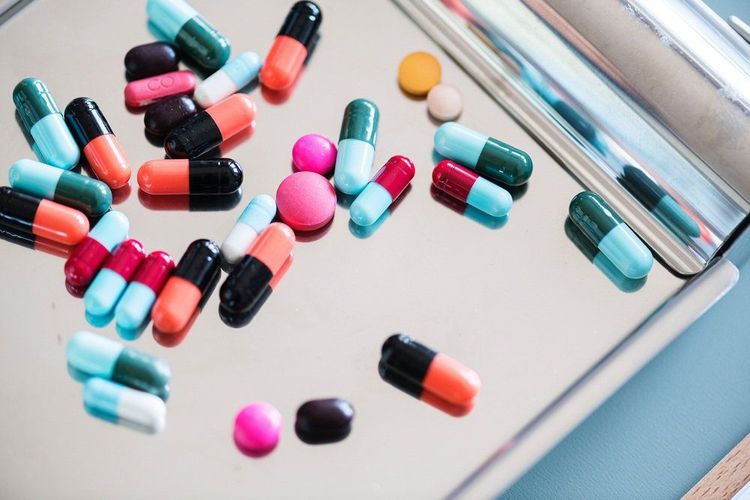
Nếu bệnh nhân nội soi đang uống thuốc, cần thông báo cho bác sĩ về loại thuốc đang sử dụng.
Nasal endoscopic technique is being applied at Vinmec International General Hospital system, bringing high efficiency in supporting the diagnosis of stomach problems. Vinmec uses the world's leading quality Evis Exera III (CV-CLV 190) endoscope system with NBI (Narrow Band Imaging) function manufactured by Olympus Company (Japan), for more accurate results when detect the smallest abnormal changes of the stomach. Ins .
Please dial HOTLINE for more information or register for an appointment HERE. Download MyVinmec app to make appointments faster and to manage your bookings easily.




